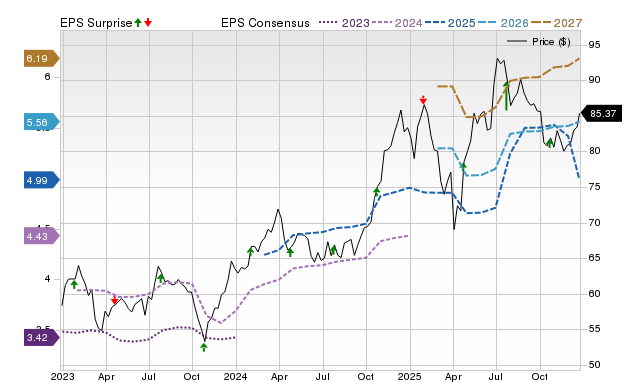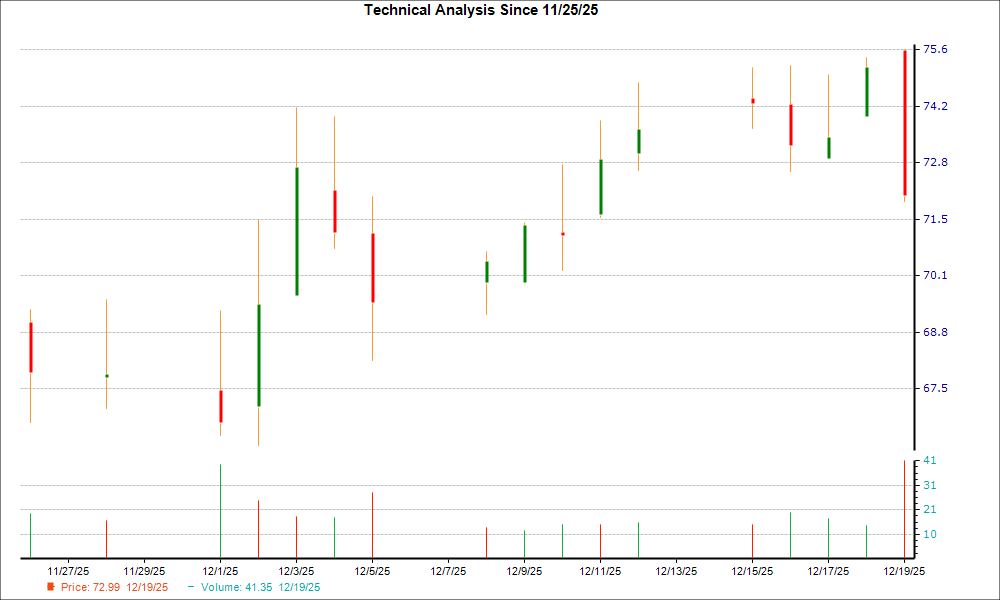Amidst a tumultuous economic landscape, investors are grappling with the question of which stock to place their bets on – RTX or Textron? It’s been quite a roller-coaster ride for both stocks in recent years, and as we embark on a new phase in the market, it’s crucial to weigh the contenders meticulously. In this analysis, we delve into the high stakes game of determining which stock will emerge victorious in the next three years – RTX or Textron.
A Bumpy Ride to 2023
In the ever-unpredictable world of stock markets, both RTX and Textron have experienced their fair share of ups and downs. While Textron stock witnessed substantial gains of 60% from early 2021 to the present, RTX stock trailed with a 20% increase over the same period. However, 2023 painted a different picture – RTX faced a dip of 17% while Textron encountered a rough patch with a 14% increase. The S&P 500, on the other hand, experienced a 24% surge in 2023, leaving both RTX and Textron trailing in its wake.
Attempting to beat the S&P 500 has proven to be a Herculean task, not just for these industrial behemoths, but also for household names like Boeing, Union Pacific, and Caterpillar, not to mention the tech giants like Google, Tesla, and Microsoft. Meanwhile, the Trefis High Quality (HQ) Portfolio, comprising 30 stocks, has consistently outperformed the S&P 500 year after year. The stark contrast in performance begs the question – what sets the HQ Portfolio apart?
Strategic Revenue Growth
- RTX has demonstrated a commendable 14.2% average annual growth rate in the last three years, overshadowing Textron’s meager 1.4% growth rate.
- However, Textron’s revenue stumbled amidst the pandemic, particularly impacting its aviation and industrial businesses. In contrast, RTX grappled with a recall of over 1,000 Pratt & Whitney engines and associated costs, dampening its stock in 2023.
- Looking ahead, we anticipate both RTX and Textron to experience low single-digit average revenue growth in the near term, with Textron showing a slight edge over the last twelve months.
However, such comparisons merely scratch the surface of the complex relationships between revenue growth and stock performance. On the one hand, RTX showcases impressive growth, yet Textron’s profitability and financial resilience cannot be overlooked.
The Bottom Line
- While RTX boasts superior revenue growth, Textron’s profitability and robust financial position present a compelling case for investors.
- Furthermore, employing P/S as the foundation for evaluation tilts the scale in favor of RTX, particularly when considering the volatile fluctuations in P/E and P/EBIT.
- Even from a valuation standpoint, RTX emerges as the frontrunner, trading at 1.8x revenues compared to its last five-year average of 2.4x, while Textron hovers at 1.1x trailing revenues in relation to the last five-year average of 1.0x.
- Based on an in-depth analysis, Trefis Machine Learning forecasts an 18% expected return for RTX against a -8% forecast for Textron over the next three years, further strengthening the case for RTX.
As we navigate through these tumultuous market conditions with an air of uncertainty due to soaring oil prices and elevated interest rates, the prospect of Textron and RTX facing a similar predicament to that of 2023 looms large. Nevertheless, all signs point to RTX emerging as the superior contender.
As investors weigh their options, shrewd comparisons of Textron’s peers and the potential trading opportunities presented by pricing discontinuities in the wake of the Covid-19 crisis become increasingly pertinent. The journey ahead is riddled with challenges, but it is imperative to make informed decisions that stand the test of time.










